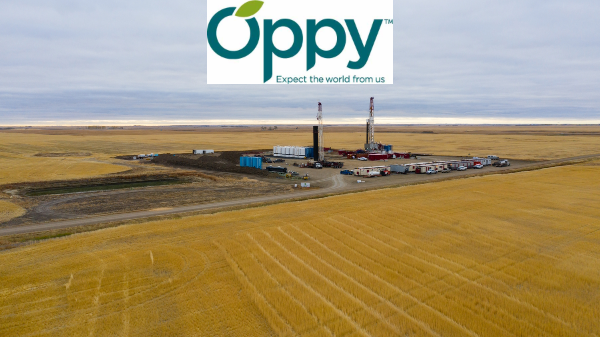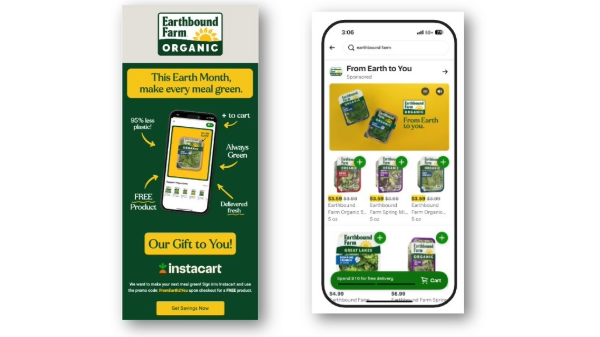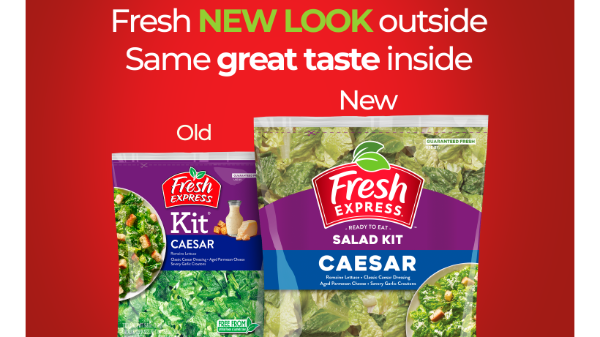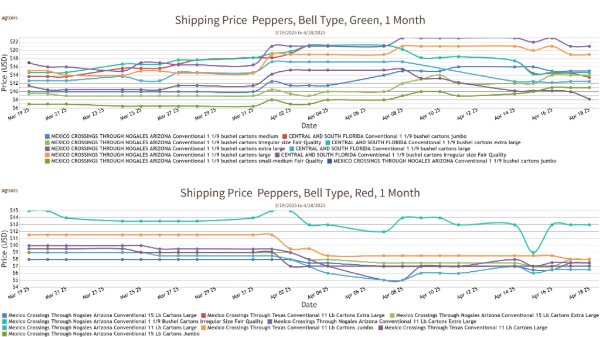Welcome to Blue Book!
Are you ready to join the thousands of companies who rely on Blue Book to drive smarter decisions? View our plans and get started today!
Still have questions? We’d love to show you what Blue Book can do for you. Drop us a line– we’ve been waiting for you.
Stemilt also has a large compost facility, where everything from broken pallets and food rot to horse manure go to create what he calls a “wonderful, rich compost that feeds 1,400 acres of cherries.”
Most dumpsters that used to be headed to the landfill are now filled with recyclable and compostable waste.
Recycling is also a focus at Lakeland, FL-based Publix Super Markets, Inc. The supermarket chain recycled 242,800 tons of cardboard, plastic, and mixed paper in 2013, achieving a companywide recycling rate of 51 percent. In addition, Publix donates food waste generated from processing and operations—about 19,000 tons annually—to animal feed producers.
At Ready Pac, recycling programs are also being used to cut waste; in 2014, this equaled nearly 8,600 tons of corrugated, plastics, paper, and metals recycled. The company also donates more than 660,000 bags and trays of product to food banks, and sells fruit and vegetable byproducts to dairy farmers.
And for California grower-shippers who are looking for waste reduction options, the Western Growers Association (WGA) is also offering support. The organization has been researching and looking into a wide range of innovative solutions. According to Ready Pac’s Simpson, the WGA has promoted accelerator and incubator programs for startup companies to develop new technologies. “These programs provide opportunities for collaboration and access to top research and development staff from the largest fresh produce companies in the world,” she says.
Among the ideas to emerge from these startups are a fresh-food recycler that takes food before it spoils and converts it into liquid fertilizer, and automation technologies to tackle the water shortage, supplement farm labor, and boost weed and pest control. Some companies are even using technology to mimic nature by creating “activated oxygen” to neutralize fungi, mold, or yeast, to keep foods fresher at least twice as long.
Pretty vs. ugly
Overseas, food waste has become such an issue that 2014 was proclaimed the “Year Against Food Waste” by the European Union. In response, France’s third-biggest supermarket chain, Intermarché, launched a campaign in March 2014 to sell ‘ugly’ fruit (not to be confused with ‘ugli fruit’ a Jamaican tangelo).
The campaign proved so successful that several other countries took up the call. In the United Kingdom, ‘wonky’ fruit or vegetables can be found at both Waitrose and Asda stores, while a food co-op called Fruta Feia (Ugly Fruit) in Portugal began offering less-than-perfect produce at lower prices. In Canada, Loblaw debuted its ‘Naturally Imperfect’ brand of blemished apples and undersized vegetables earlier this year. Whether or not the enthusiasm will last remains to be seen. As Earl’s Vining points out, “ultimately, people want pretty food.”
And since there’s an app for virtually everything these days, there are now a number of apps popping up to address food waste. Food Cowboy, founded by brothers Roger and Richard Gordon, is a web-based application that matches truckers with needy shelters. Truckers provide availability information and technology does the rest. With a simple click or a text, an extra crate of apples with less-than-perfect fruit can quickly find a ‘home’ and feed those in need.
Thanks to social media and instant alerts, CropMobster notifies its registered members (the service is free) of “local food excess and surplus from any supplier in the food chain.” Another app, PareUp, takes a somewhat different approach by connecting consumers with supermarkets and restaurants to buy surplus inventory at adiscounted price.








